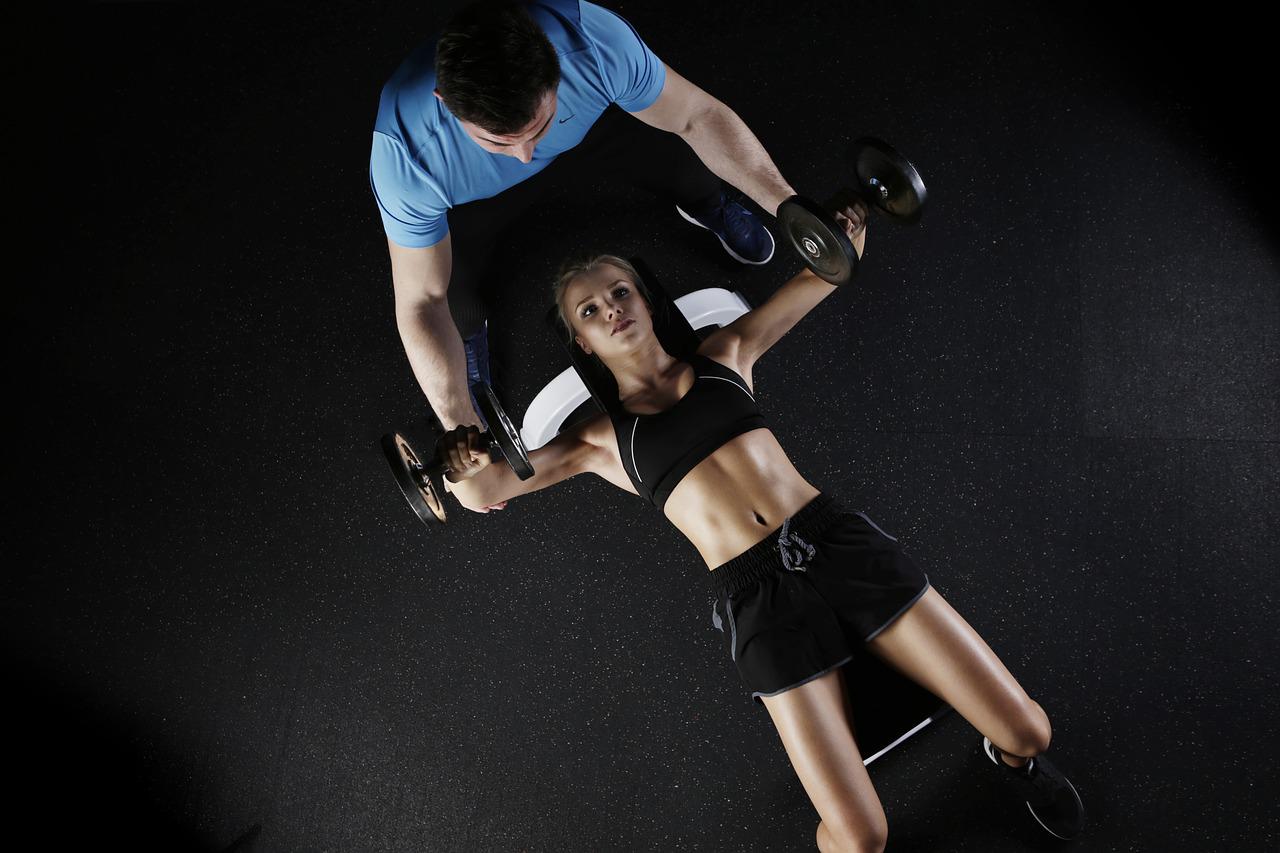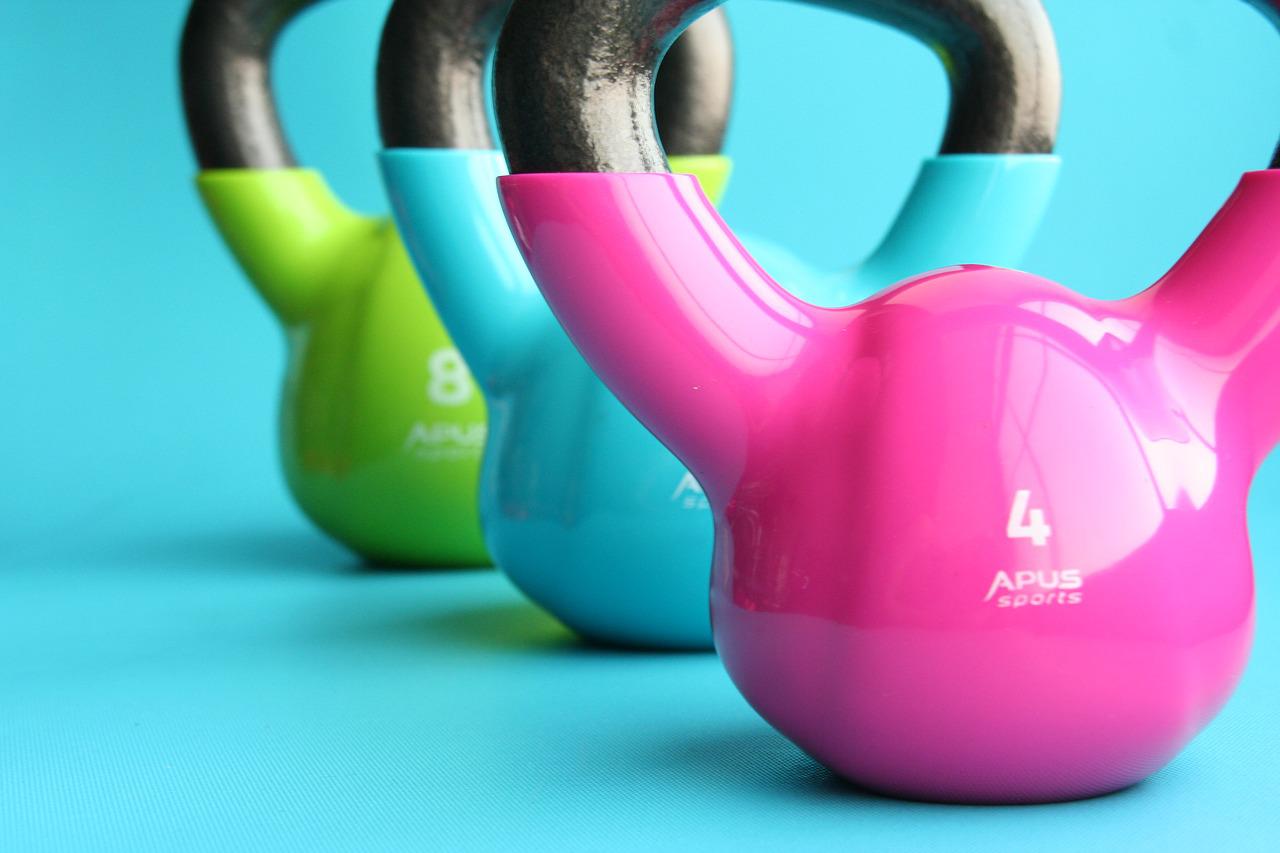Performing Two to Three Sets of 12 to 17 Reps

For a beginner, the best rep scheme is two to three sets of 12 to seventeen repetitions.
This is more efficient for the beginner because they cannot keep their form for a set of 10-12 reps on a compound lift, such as the deadlift.
For simpler assistance lifts, the rep range is eight to 12 reps.
If you can only manage a single set, you can do two or three sets of eight to 12 reps.
For muscle hypertrophy, you might want to perform two or three sets of 12 to 17 reps, with between one and two minutes between sets.
This will force your muscles to adjust to heavier weights without risking injury.
When you are training your muscles for hypertrophy, you need less rest than you would if you were powerlifting. You may want to use one or two minutes between sets, but not longer.
When it comes to choosing a weight for your workout, choose a weight that you can handle for eight to 12 reps.
If you can't lift them for four or five reps, pick a lighter weight.
Try lifting lighter weights first, and gradually increasing the weight as you progress. You will soon see improvements in your strength and physique. If you follow this plan, you will be on the path to success.
Resistance training is fundamental to muscle building.
The goal is to work your muscles to fatigue, or to the point where you cannot lift any more without cheating. However, while there are no scientific studies to suggest that you should work yourself to exhaustion, most strength and fitness professionals agree that it leads to significant growth. If you can't achieve this goal with a multiset routine, you can always perform two to three sets of twelve to 17 reps instead.
Also read: Natural ways to become better in bed
Using Resistance Bands For Weight Lifting
Using resistance bands for weight lifting is a great way to improve your strength and muscle mass.
These bands are easy to use and affordable, making them an excellent option for the average person.
They can be used almost anywhere, and they are safe for your joints. You can use them if you have recent injuries or joint issues, and they will also prevent you from cheating by giving you too much resistance.
Using resistance bands will help you achieve the results you want without the risks associated with free weights.
When using resistance bands, make sure to follow proper form. If you have poor form, the bands can cause an improper range of motion, so start with a low-resistance band to improve your range of motion. When increasing the resistance, try to keep good form, as overstretching can result in a broken band. While the resistance level of a band can increase the challenge of a lift, you do not want to break form.
When performing exercises with resistance bands, you should always warm up before beginning a workout. You can start by drawing circles with your arms and swinging your arms from side to side. Once your arms are warmed up, start performing 20 reps of each exercise, resting for 30 seconds to one minute in between.
Try to complete three rounds, but if you have trouble getting the band to stay in one place, you can try using a pole.

